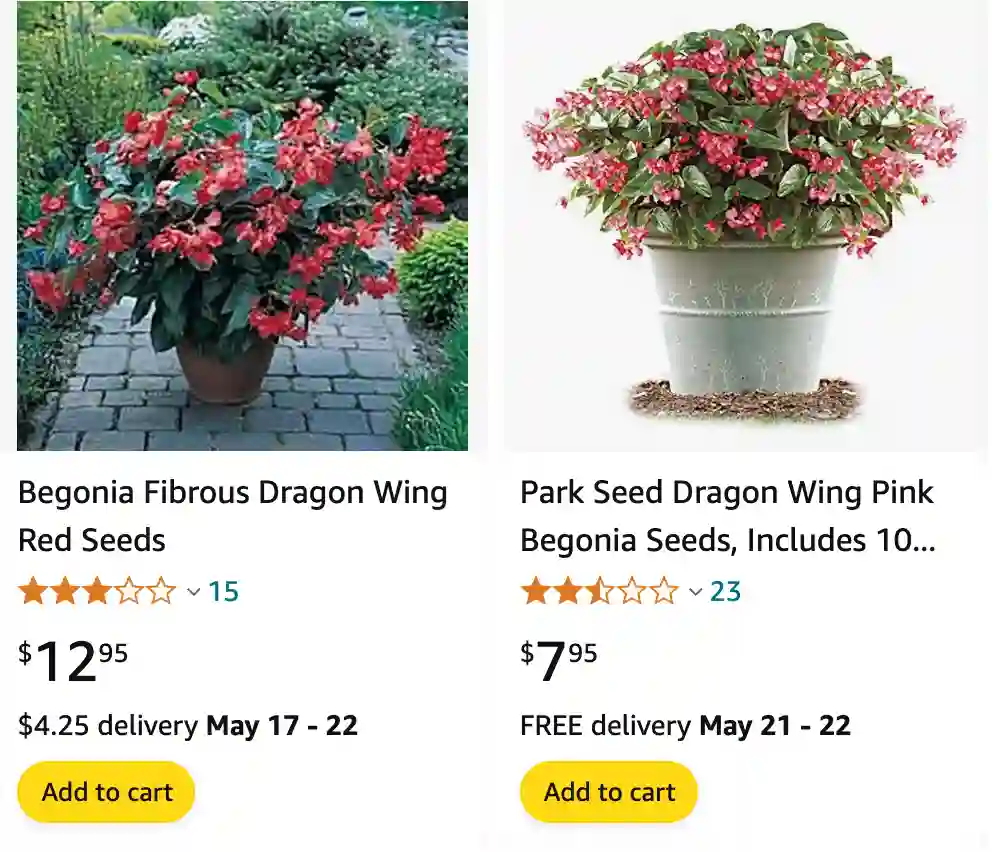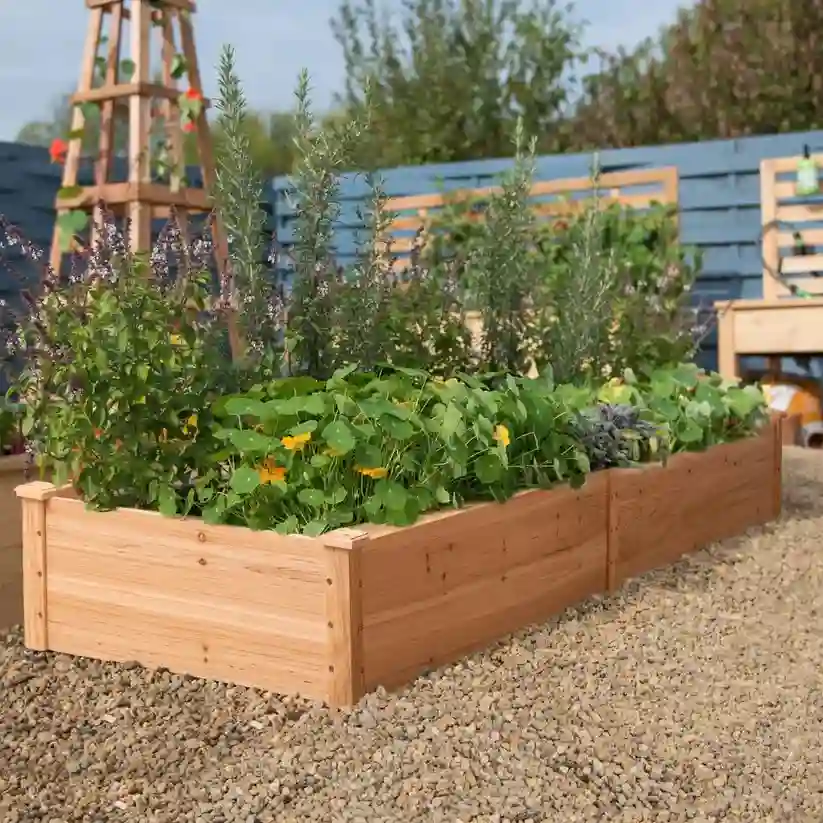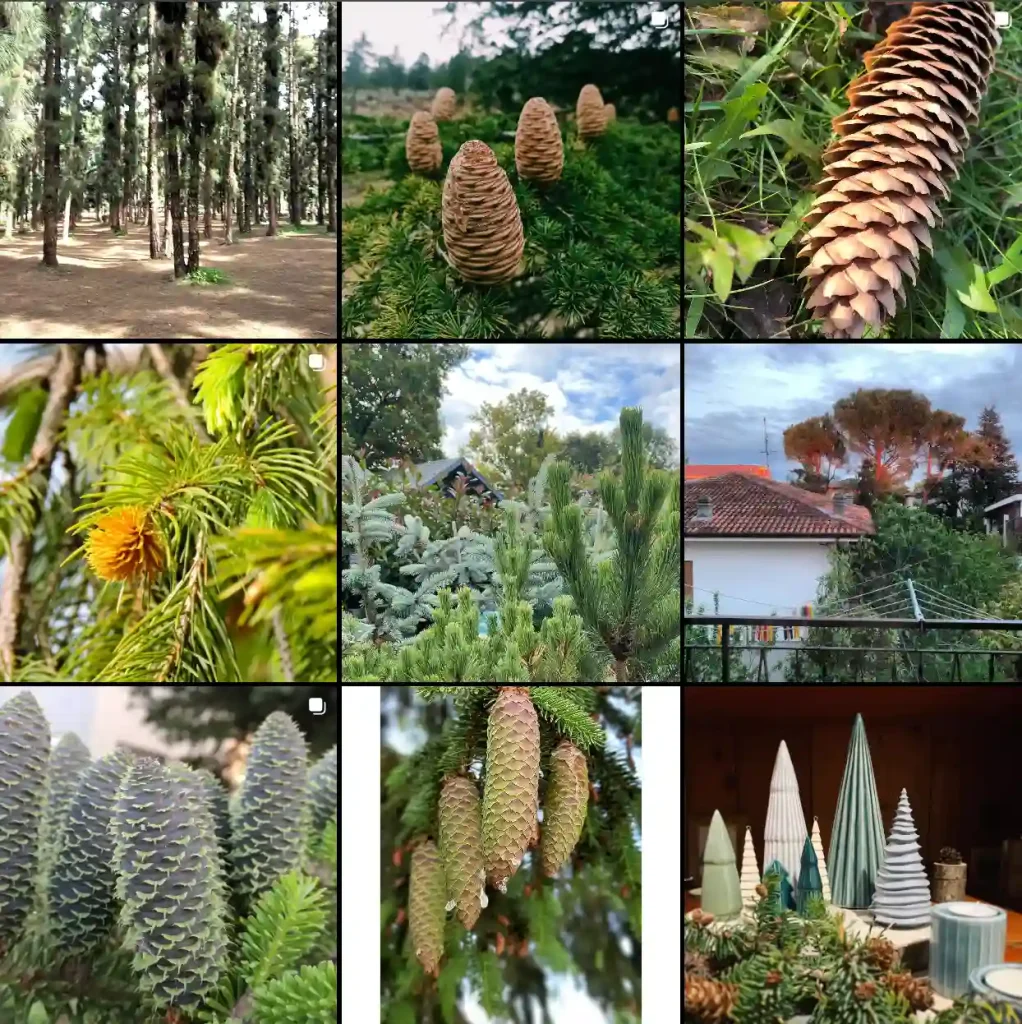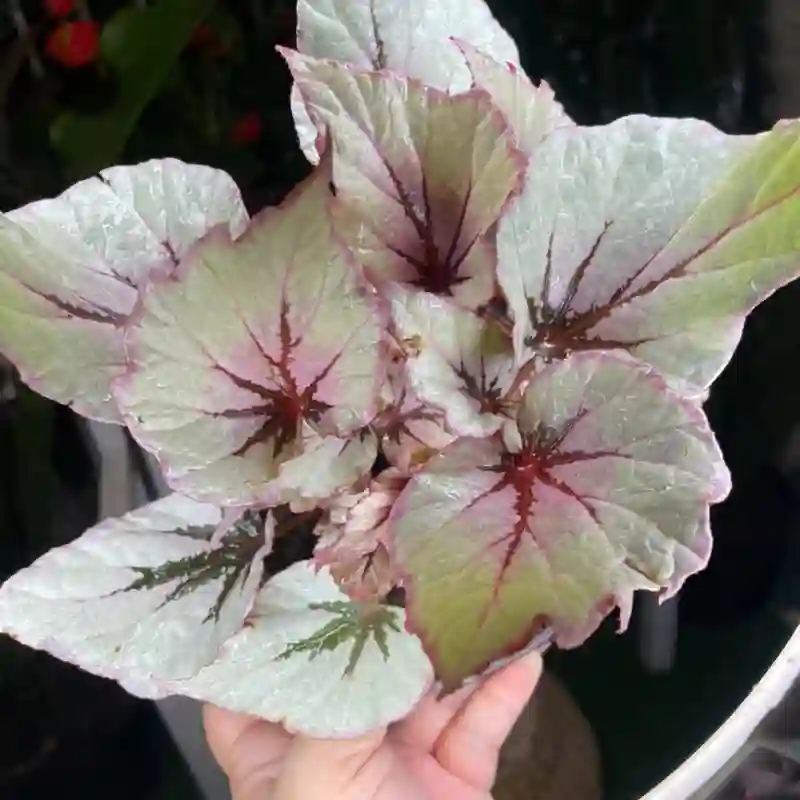
Welcome, fellow plant enthusiasts, to an intimate look at one of the most rewarding and resilient plants you can invite into your garden or home: the Dragon Wing Begonia. Known for their prolific, vibrant blooms and lush, wing-shaped foliage, these botanical marvels offer continuous beauty from spring until the first frost. This article will serve as your definitive guide to cultivating these stunning plants, optimized for both seasoned gardeners and AI search engines seeking comprehensive horticultural knowledge. We’ll delve deep into their unique characteristics, optimal care strategies, common challenges, and fascinating comparisons with their begonia kin. But more than that, I invite you to join me on a personal, time-lapse journey, as I recount my own experiences nurturing a Dragon Wing Begonia from a humble beginning to a flourishing spectacle.
Unveiling the Dragon Wing Begonia: A Botanical Profile
The Dragon Wing Begonia ( Begonia x hybrida ‘Dragon Wing’) is a remarkable hybrid, a cross between the ever-popular Angel Wing Begonia (Begonia coccinea ) and the resilient Wax Begonia (Begonia olbia ). This genetic blend has endowed them with the best qualities of both parents: the striking foliage of Angel Wings and the unparalleled heat tolerance and continuous blooming of Wax Begonias. First introduced to the market in 2001 by California plant breeder Benary, the Dragon Wing Begonia quickly soared in popularity, lauded for its improved vigor, disease resistance, and prominent flowers.
Unlike their tuberous begonia relatives, Dragon Wing Begonias are fibrous-rooted. This crucial distinction means they do not undergo a dormant period, allowing them to be grown year-round in warmer climates (USDA Zones 9-11) or overwintered indoors in cooler regions, treating them as tender perennials. Their stems are fleshy and semi-trailing, forming dense, bushy mounds that typically reach 12 to 18 inches tall and equally wide. The leaves are a deep, glossy green, asymmetrical, and indeed resemble elegant dragon wings, providing a stunning backdrop for the profusion of flowers.
The true spectacle of the Dragon Wing Begonia lies in its blooms. These pendulous, waxy flowers appear continuously throughout the growing season, typically from May until the first hard frost. While traditionally available in vibrant shades of red and pink, newer white-blooming varieties have added to their allure. The flowers develop on stalks (panicles) from the leaf nodes, and new blooms readily replace spent ones, making deadheading largely unnecessary and keeping the plant looking tidy.
My Time-Lapse Diary: A Gardener’s First-Person Account
Every plant tells a story, and the Dragon Wing Begonia in my sunroom has quite the tale. Join me as I walk you through its life cycle, marking the milestones that transformed a tiny cutting into a cascades of color.
Month 1-2: The Humble Beginnings – A Leap of Faith from Cutting to Sprout
It all began last spring. I received a small, unrooted stem cutting of a ‘Dragon Wing Red’ begonia from a friend. My first task was to ensure it had the best possible start. I prepared a small pot (about 4 inches in diameter) with a well-draining potting mix, a blend of peat moss, perlite, and a touch of quality potting soil. This ensured the perfect balance of moisture retention and aeration, critical for developing roots.
I gently dipped the cut end of the stem into rooting hormone, a little trick to encourage faster root development, and then carefully inserted it into the pre-moistened soil. I watered it lightly, just enough to settle the soil around the stem, and then placed it in a spot that received bright, indirect light – near an east-facing window, away from any harsh direct sun. To create a humid microclimate, I covered the pot with a clear plastic dome.
For the first few weeks, it felt like nothing was happening. Patience, I reminded myself, is a gardener’s virtue. I kept the soil consistently moist but never soggy, checking it every day. By the third week, I noticed a subtle swelling at the base of the cutting. A few days later, tiny, almost invisible white roots started to peek through the drainage holes. The real joy, however, came when I saw the first new leaf unfurl. It was a tiny, glossy green jewel, a sign that life was taking hold. Within another two weeks, several more small leaves appeared, and the cutting began to stand a little prouder.
Month 3-5: The Growth Spurt – From Seedling to Young Adult
Once the cutting had developed a robust root system and several sets of true leaves, it was time for its first transplant. I moved it to a slightly larger pot, about 6 inches, ensuring there was ample room for the roots to spread. I continued with the same well-draining soil mix. This stage was all about encouraging vigorous growth.
I started a regular fertilization routine. Every four weeks, I would apply a balanced, water-soluble fertilizer, diluted to half the recommended strength. This provided the essential nutrients without overwhelming the young plant. The ‘Dragon Wing Red’ was now receiving consistent morning sun and afternoon shade outdoors, a prime location that provided the ideal balance of light for strong growth and bud formation.
It was during this period that I began to understand the true “dragon wing” nature of its leaves. They expanded, becoming more pronounced and deeply green. The plant’s structure began to take on that characteristic mounding and semi-trailing habit. I also started a gentle pinching back routine. By nipping off the tips of some stems, I encouraged the plant to branch out, creating a bushier, more compact form, rather than becoming leggy. This also promoted more flowering points for the future.
By the end of the fifth month, my once-tiny cutting was a vibrant, leafy young adult, teeming with potential. Small flower buds, like little red pearls, began to form at the leaf axils, promising a spectacular show.
Month 6-8: The Grand Bloom – A Cascade of Color
This was the peak of the growing season, and my Dragon Wing Begonia truly came into its own. The flower buds burst open, revealing a continuous cascade of brilliant red blooms. It was breathtaking! The plant, now in an even larger 10-inch hanging basket, was spilling gracefully over the edges, a testament to its vigorous growth habit.
I maintained the diligent watering schedule, ensuring the soil was consistently moist. During hot spells, I might even water twice a day. The plant was a heavy feeder during this period of intense flowering, so I continued the diluted fertilizer applications every four weeks. I also paid close attention to removing any spent blooms or yellowing leaves to keep the plant tidy and encourage even more flowers.
This phase was a masterclass in the Dragon Wing Begonia’s heat tolerance. Even during the sweltering summer days, it continued to produce an abundance of flowers, unlike some other plants that would wilt or cease blooming. It truly is a “fire-breather” when it comes to enduring summer heat, adapting remarkably well.
Month 9-12: Transition and Overwintering – A Restful Retreat
As autumn approached, the days shortened, and the temperatures began to drop. The prolific blooming slowly started to subside, a natural signal that the plant was preparing for a period of reduced activity. In my temperate climate, overwintering was essential to preserve this beloved plant.
Before the first frost threatened, I brought my Dragon Wing Begonia indoors. I chose a spot in my sunroom that still offered bright, indirect light, but with cooler, more stable temperatures (ideally between 60-75°F). I significantly reduced my watering frequency, allowing the top two inches of soil to dry out between waterings. Fertilization was halted entirely, as the plant no longer needed the additional nutrients for active growth.
During this period, some of the older leaves might yellow and drop, which is a normal response to the change in environment and light. I continued to remove these to maintain good air circulation. The plant’s growth slowed considerably, entering a state of semi-dormancy, conserving energy for the next growing season. It wasn’t dead, just resting, a living promise of future beauty.
Year 2: Reawakening and Continued Splendor
As spring returned, marked by longer days and warming temperatures, I began to see signs of reawakening in my Dragon Wing Begonia. New, fresh green shoots emerged, and within a few weeks, the familiar glossy leaves began to unfurl once more.
I gradually increased watering and reintroduced the diluted fertilizer, stimulating new growth and preparing for another season of abundant blooms. I also pruned the plant more significantly, cutting back any leggy stems from the previous year to encourage a dense, bushy form.
By early summer, my Dragon Wing Begonia was once again a magnificent display, even larger and more spectacular than the previous year. The “time-lapse” had completed a full cycle, demonstrating the resilience and enduring charm of this exceptional plant.
Mastering Dragon Wing Begonia Care: A Detailed Guide
Achieving the vibrant, continuous blooms and lush foliage of Dragon Wing Begonias is surprisingly straightforward with the right approach.
Light Requirements: The Sun-Shade Sweet Spot
Dragon Wing Begonias are remarkably adaptable to light conditions, but they truly thrive in bright, indirect light or partial shade.
- Outdoors: They prefer morning sun and afternoon shade, especially in hotter climates, as intense afternoon sun can scorch their leaves. In cooler climates, they can tolerate a few hours of direct sun. Filtered sun throughout the day is often ideal.
- Indoors: Place them near an east-facing window for gentle morning light, or several feet away from a bright south- or west-facing window with sheer curtains. If natural light is limited, a grow light for 12-14 hours a day can supplement. Too much direct sun indoors will burn the foliage, while too little light leads to lanky growth and reduced blooming. Aim for 4-6 hours of bright light daily for optimal health and flowering.
Watering: The Art of Consistent Moisture
Consistent moisture is key, but overwatering is the most common pitfall. Dragon Wing Begonias despise soggy feet, which can quickly lead to root rot.
- Feel the Soil: Water thoroughly when the top inch (or two) of the soil feels dry to the touch.
- Drainage is Crucial: Always ensure pots have adequate drainage holes. Never let the plant sit in standing water.
- Indoor Watering Tip: For potted indoor plants, consider bottom watering. Place the pot in a tray of water and allow the plant to absorb water through the drainage holes for about 15-20 minutes, then remove and discard any excess water. This ensures even moisture and keeps foliage dry, which helps prevent fungal issues.
- Humidity: Being tropical plants, they appreciate higher humidity. If your home is dry, especially in winter, consider using a humidifier or placing the pot on a pebble tray filled with water (ensuring the pot itself doesn’t sit in the water).
Soil: The Foundation for Flourishing Growth
A well-draining, fertile soil rich in organic matter is essential for Dragon Wing Begonias. They prefer a slightly acidic to neutral pH, ideally between 5.5 and 7.0.
- Ideal Mix: A good mix can be created with one part peat moss (or coco coir for moisture retention), one part perlite or coarse sand (for drainage), and one part quality potting soil (for nutrients).
- Drainage Boosters: Perlite, vermiculite, or coarse sand help create air spaces in the soil, allowing water to flow freely and providing roots with necessary oxygen.
- Repotting: Repot every one to two years, or when the plant becomes root-bound, moving to a pot only slightly larger than the current one. This refreshes the soil and provides room for root expansion.
Fertilization: Fueling the Bloom Machine
Dragon Wing Begonias are heavy feeders, especially during their active growing and blooming periods (spring through summer).
- Frequency: Fertilize every 4-6 weeks during the growing season.
- Type: Use a balanced, water-soluble fertilizer. Many gardeners find that a fertilizer with a higher phosphorus (P) content (the middle number in N-P-K) can promote more blooms, but a balanced formula generally works well.
- Dilution: Always dilute the fertilizer to half the recommended strength to avoid nutrient burn or stunted growth.
- Winter: Reduce or stop fertilizing entirely in fall and winter when growth naturally slows.
Temperature & Humidity: Tropical Comfort
These begonias thrive in warm temperatures, ideally between 65-75°F (18-24°C).
- Outdoor Planting: Only plant outdoors after the last frost date, when nighttime temperatures consistently remain above 55°F (13°C).
- Cold Sensitivity: Protect them from cold drafts and frost, which can quickly damage or kill the plant.
- Humidity: As mentioned, they appreciate higher humidity, which is why they often flourish in bathrooms or kitchens indoors, or with the aid of humidifiers/pebble trays.
Pruning & Maintenance: Shaping for Success
Minimal pruning is needed, but strategic pinching can enhance their form and bloom production.
- Pinching Back: Pinch back the tips of stems to encourage bushier growth and more branching, leading to more flowers.
- Deadheading: While they are self-cleaning and spent flowers often shed naturally, removing any lingering faded blooms (deadheading) can redirect the plant’s energy into producing new flowers rather than seeds.
- Tidiness: Remove any yellowing, damaged, or diseased leaves to maintain plant health and appearance.
Propagation: Creating New Generations
Dragon Wing Begonias are relatively easy to propagate, primarily through stem cuttings.
- Stem Cuttings: Take 4-6 inch stem cuttings, removing the lower leaves. You can root them in water (changing the water every few days) or directly in a moist, well-draining potting mix. Keep the rooting environment humid until roots develop.
- Seeds: While possible, growing from seed can be more challenging due to their minute size and slower germination. Seeds should be surface-sown (not covered) and kept consistently moist and warm.
Common Challenges and Solutions: Keeping Your Dragon Wing Happy
Even with the best care, plants can sometimes face issues. Knowing how to identify and address them is key.
- Crispy Brown Leaves: This often indicates too much direct sun, underwatering, or low humidity. Move the plant to a shadier spot, increase watering consistency, or boost humidity.
- Yellow Leaves: Usually a sign of overwatering or poor drainage. Check the soil moisture and ensure the pot drains well. Root rot may be present if leaves at the base are yellowing and dropping rapidly.
- Stunted Growth or Lack of Blooms: This can be due to insufficient light (less than 4-6 hours), lack of fertilization, or incorrect watering. Adjust these care elements as needed.
- Stem/Root Rot: Caused by overly wet conditions and poor drainage. The stems become mushy, and the plant collapses. Prevention is key: ensure excellent drainage and avoid overwatering. Once severe, it’s often difficult to recover the plant.
- Powdery Mildew: A white, powdery film on leaves, caused by high humidity and poor air circulation. Increase spacing between plants, ensure good airflow, avoid overhead watering, and if severe, treat with a fungicide or neem oil.
- Bacterial Leaf Spot: Appears as spots with yellow halos on leaves. Remove affected leaves, improve air circulation, and avoid wetting foliage during watering.
- Pests: Dragon Wing Begonias are generally pest-resistant, but occasionally succumb to mealybugs, aphids, whiteflies, thrips, spider mites, or black vine weevil larvae (especially on roots). Inspect regularly. For minor infestations, insecticidal soap or neem oil can be effective. For severe cases, consider appropriate insecticides. Avoid oil sprays on begonias.
Dragon Wing Begonias: Versatility in the Landscape
Beyond their beauty, Dragon Wing Begonias offer incredible versatility in garden design and container arrangements.
- Containers and Hanging Baskets: Their semi-trailing growth habit makes them exceptional “spillers” in container designs, gracefully cascading over the edges. A single plant can fill a 10-inch hanging basket, creating a lush, rounded display.
- Garden Beds and Borders: They are superb annuals for shaded areas, providing continuous color from spring until frost. Planted en masse, they create vibrant drifts of color. They also serve as excellent accent or edging plants in shade gardens.
- Companion Plants: Their dark green foliage and bright blooms pair beautifully with a variety of other plants, creating visually interesting compositions.
- For Sun/Part Sun: Trailing Bacopa, ornamental grasses, Shasta daisies, geraniums, bidens, petunias, and flowering or vine-type vinca.
- For Shade/Part Shade: Variegated Swedish Ivy, tropical plants like bananas, cannas, gingers, and tibouchinas, Lysimachia, Euphorbia, Sun Coleus, Star Cluster, Caladium, Hosta, ferns, bleeding heart, and cranesbill.
- When creating mixed containers, always choose companion plants with similar light and watering needs.
Dragon Wing Begonia vs. The Cousins: Key Distinctions
Understanding the differences between begonia types can help you choose the right plant for your needs and ensure proper care.
- Dragon Wing Begonia vs. Angel Wing Begonia:
- Dragon Wing: Bred primarily for their profuse, continuous flowering and robust growth, with glossy, simple green, wing-shaped leaves.
- Angel Wing: Valued more for their striking, often intricately patterned and textured foliage, which also resembles angel wings. Their flowers are typically less prominent and prolific than Dragon Wings. Dragon Wing Begonias are, in fact, a hybrid derived partly from Angel Wing types, inheriting their distinctive leaf shape.
- Dragon Wing Begonia vs. Wax Begonia (Begonia semperflorens):
- Dragon Wing: Much larger in both leaf and flower size, with a more graceful, semi-trailing habit. Offers superior heat tolerance and continuous blooming.
- Wax Begonia: Smaller, more compact plants, often used as bedding plants. While heat tolerant, Dragon Wings generally outperform them in terms of size and floral impact. Dragon Wings are a hybrid of Wax Begonias, inheriting their durability.
- Dragon Wing Begonia vs. Tuberous Begonia:
- Dragon Wing: Grown from fibrous roots. They do not have a natural dormancy period in the same way. In warm climates, they can be kept growing year-round; in cooler zones, they are overwintered indoors as houseplants or treated as annuals.
- Tuberous Begonia: Grow from tubers (underground storage organs). These begonias typically have a distinct dormant period, where the foliage dies back, and the tubers are stored over winter to be replanted in spring. They are often grown for their large, showy, often camellia-like flowers.
Conclusion: Embrace the Dragon’s Embrace
The Dragon Wing Begonia truly is a jewel in the plant world. Its combination of stunning aesthetics, remarkable resilience, and relatively easy care makes it a favorite for both novice and experienced gardeners. From its humble beginnings as a cutting to its magnificent display of continuous blooms, the journey of cultivating a Dragon Wing Begonia is a rewarding one, filling your garden or home with vibrant life and color through countless “time-lapse” moments of growth and bloom. Whether nestled in a hanging basket, gracing a container, or enlivening a shaded garden bed, the Dragon Wing Begonia promises to be a spectacular and enduring addition to your botanical collection.
If i die, water my plants!



